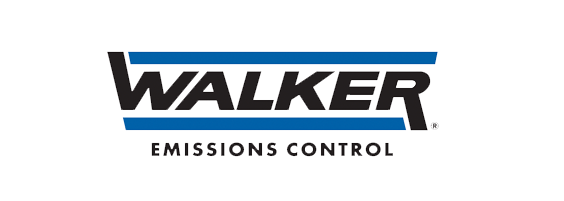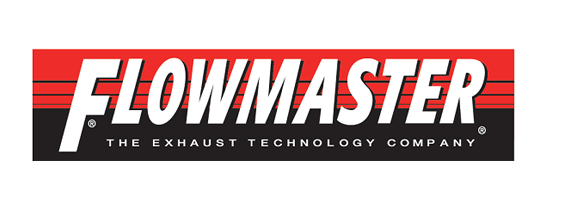Most of the time an exhaust problem is obvious by the excessive sound the vehicle makes. Sometimes it could be a small rattle or a broken hanger that causes the system to hang low. A qualified exhaust shop should check the exhaust system out at least once a year. Most shops do not charge for an inspection of the exhaust and it normally takes less than 5 minutes to inspect.
On older vehicles a good rule of thumb is 5 to 8 years. On newer vehicles (now equipped with stainless steel) average life is 7 to 10 years.
Check your emission test results. As a general rule if you failed on the Carbon Monoxide (CO) this is usually an indication of a bad Oxygen Sensor. If you failed on the Hydrocarbons (HC) this is usually an indication of a bad Catalytic Converter. If you failed on the Oxides of Nitrogen (NOX) this is usually an indication of a bad Exhaust Gas Recirculation (EGR) Valve.
Yes, this is an indication that the inside substrate is starting to break apart. An overheated Catalytic Converter was likely the cause of the failure. This problem should be taken care of right away. If the substrate breaks down further it could plug the exhaust and could leave you stranded on the side of the road..
A performance exhaust is a free flowing exhaust that has a more aggressive sound. A free flowing exhaust will increases horsepower and increases fuel economy. This is accomplished by installing a free flow or larger diameter core muffler and sometimes-larger diameter pipes.
It's different for every car, but typically expected gains are in the average range of 10%.
Replacing the muffler/exhaust with a performance exhaust will help your engine increase power by being able to expel exhaust gases quicker. This creates less workload for the engine, makes it run more efficient, and results in better power.
Don’t be fooled! Bigger is not better! Many people think that having the biggest diameter pipe is the best way to make power. Not true. Due to a variety of factors, extensive testing is required. Our recommended systems yield optimum power increases. It is a fine line to reduce backpressure while maintaining good exhaust velocity. It is not about getting the biggest pipe, it is about getting a more efficient pipe diameter while maintaining exhaust velocity. There has to be a balanced design to enhance the maximum engine output, exhaust gas velocity, and sound. For example, imagine blowing air through a straw (comparing it to a smaller diameter pipe). This would take time to release all the air from your mouth, and you would feel pressure in your mouth while doing so. Now imagine blowing air through a paper towel roll (comparing it to a larger diameter pipe). You will relieve all your air much faster and feel little or no air pressure in your mouth because of the larger capacity of the tube. This is why it is important to get the correct size piping in order to relieve backpressure while maintaining thermal efficiency.
| Use the guide below when calculating pipe size for custom exhaust work. Keep in mind that the goal is to improve exhaust flow. In most cases, just changing the restrictive OEM muffler and replacing it with the same size straight-through Performance muffler will do the job. To reduce additional backpressure, the OEM exhaust tubing can be replaced with mandrel-bent tubing of the same size or one size up from the OEM. As a general rule, you can enlarge the pipe diameter of your OEM exhaust system by 1/4 to 1/2-inch to increase your horsepower. However, any additional increase in pipe diameter is likely to decrease your performance; specifically, low end torque. |
|
ENGINE SIZE |
HORSEPOWER |
MUFFLER INLET/OUTLET |
|
|
Single Exhaust |
Dual Exhaust |
||
|
150-200 CID |
100 to 150 |
2″ to 2-1/4″ |
2″ |
|
200-250 CID |
100 to 200 |
2-1/4″ to 2-1/2″ |
2″ to 2-1/4″ |
|
250-300 CID |
150 to 250 |
2-1/2″ to 3″ |
2″ to 2-1/2″ |
|
300-350 CID |
200 to 350 |
2-1/2″ to 3″ |
2-1/4″ to 2-1/2″ |
|
350-400 CID |
250 to 550 |
3″ to 4″ |
2-1/2″ to 3″ |
Use as a general guide for engine size and performance |
|||





